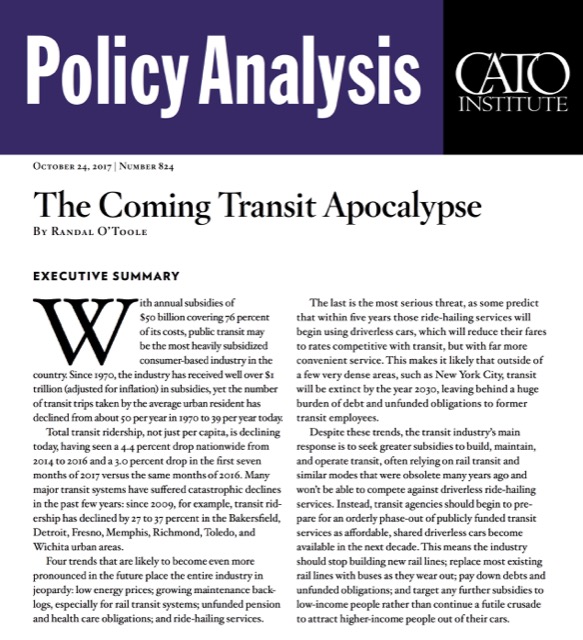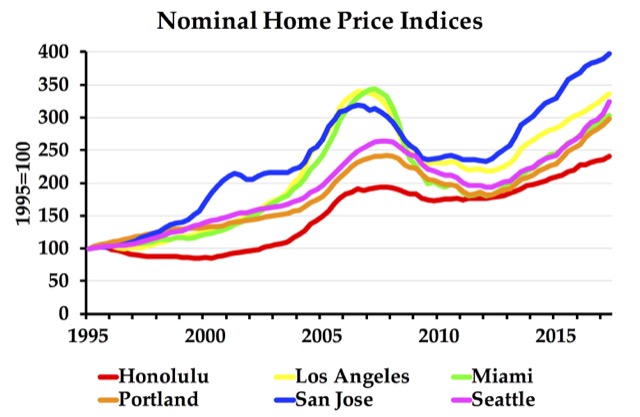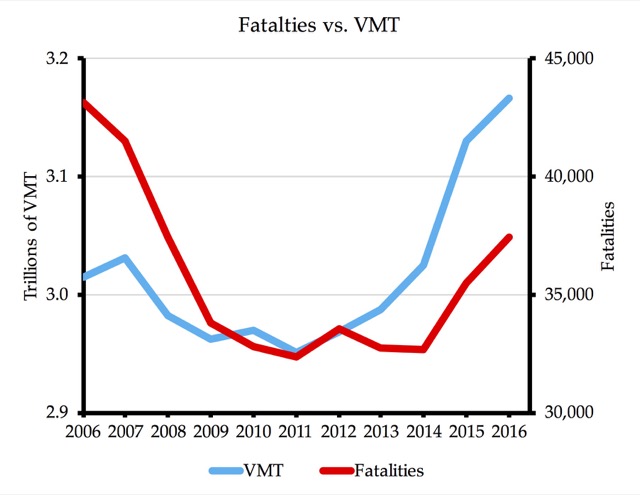Despite the fact that the Trump administration has said that will not sign more full-funding grant agreements for streetcar and light-rail projects, and there are no grant agreements for a Ft. Lauderdale streetcar, someone in the Department of Transportation gave Ft. Lauderdale nearly $61 million for the city’s inane streetcar project. When I asked DC transportation experts about it, the only answer I could get is that the department was “forced” to do so.
So now it is absolutely clear that transit capital grants are given out solely for political purposes, not because they make any economic or transportation sense. While the case could be once made that these projects went through some kind of screening process, today (thanks largely to rule changes made during the Obama administration) the only screening is a fill-in-the-blank checklist.
The good news is that Ft. Lauderdale opened the bids for the streetcar construction that was originally projected to cost $142 million, and it now appears the costs will be closer to $270 million. The bad news is that the city will now be desperate not to give up the $61 million from the feds and will find some way to build it anyway. Continue reading










